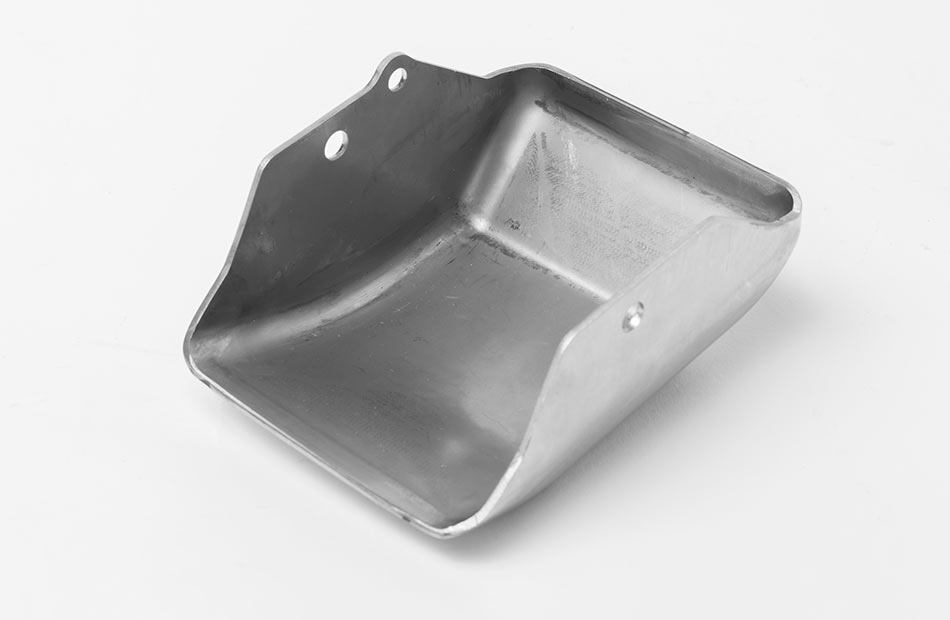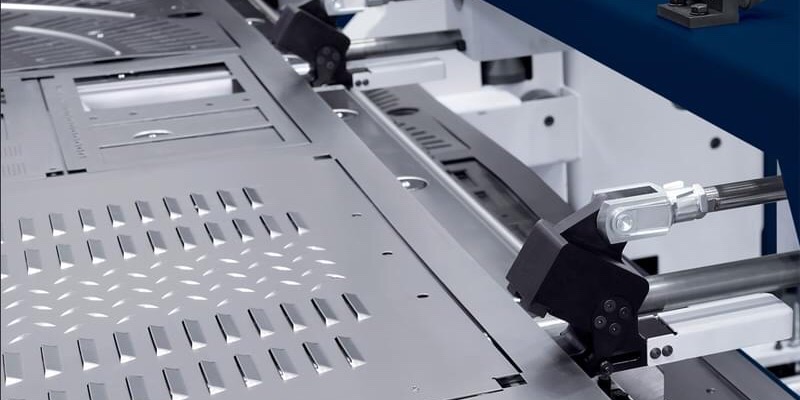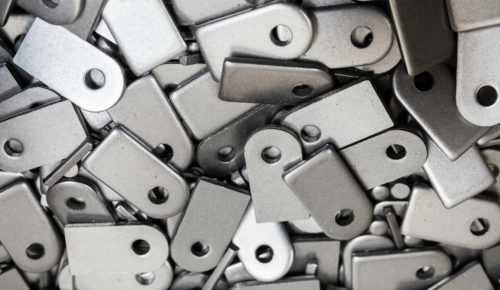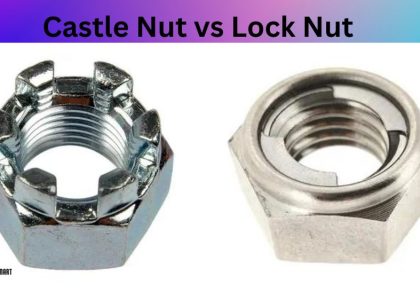Fasteners, often overlooked, are the linchpins binding our world. From commonplace items to colossal industrial structures, these unassuming components ensure stability, resilience, and safety. Delving into their intricacies unveils their immense importance.

Understanding Fasteners
Fasteners encompass a broad spectrum of mechanical devices used to join or secure objects. Bolts, screws, nuts, rivets – each uniquely shaped and materialized for specific purposes, catering to construction, manufacturing, or everyday utility.
Cross-Industry Applications
Fasteners have an extensive application range. In construction, they fortify beams, panels, and fixtures, upholding structural integrity. Automotive, aerospace, furniture, and fashion sectors all rely on customized fasteners for their specialized needs.
Fasteners in Geogrids
Geogrid, vital in civil engineering for soil reinforcement, heavily relies on fasteners. They ensure the proper installation and function of geogrid layers in retaining walls, roads, and slope reinforcement, bolstering soil strength and averting erosion.
Choosing the Right Fastener
Selecting the appropriate fastener involves considering material compatibility, load-bearing capacity, corrosion resistance, and environmental suitability. In geogrid applications, factors like tensile strength and ease of installation are pivotal for structural longevity.

Diverse Fastener Range
Fasteners come in steel, stainless steel, aluminum, and plastics, each offering specific advantages in strength and durability. For geogrids, anchor bolts, screws, or specialized clips are indispensable in securing layers, ensuring stability, and preventing displacement.
Fasteners silently champion structural integrity, indispensable across industries. In geogrids, their precision and strength uphold soil stabilization projects, ensuring long-term effectiveness.
Recognizing the significance of fasteners and their tailored applications underscores their critical role in maintaining safety and reliability.


